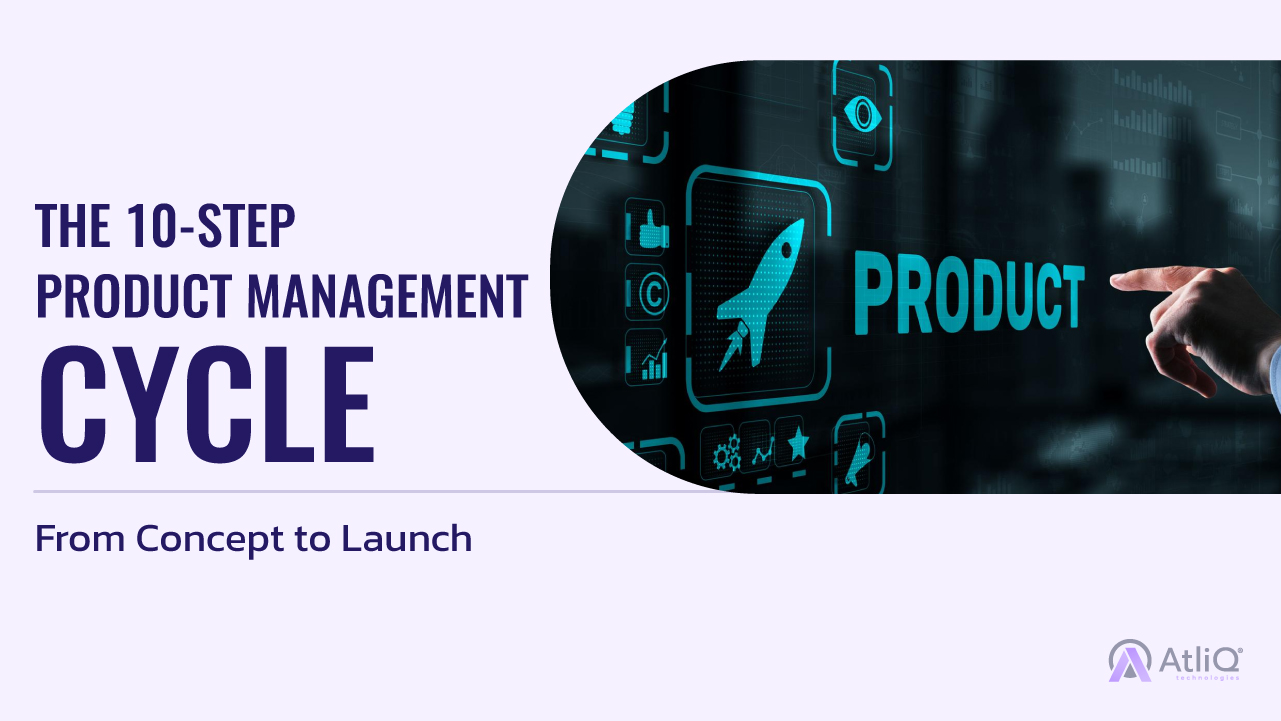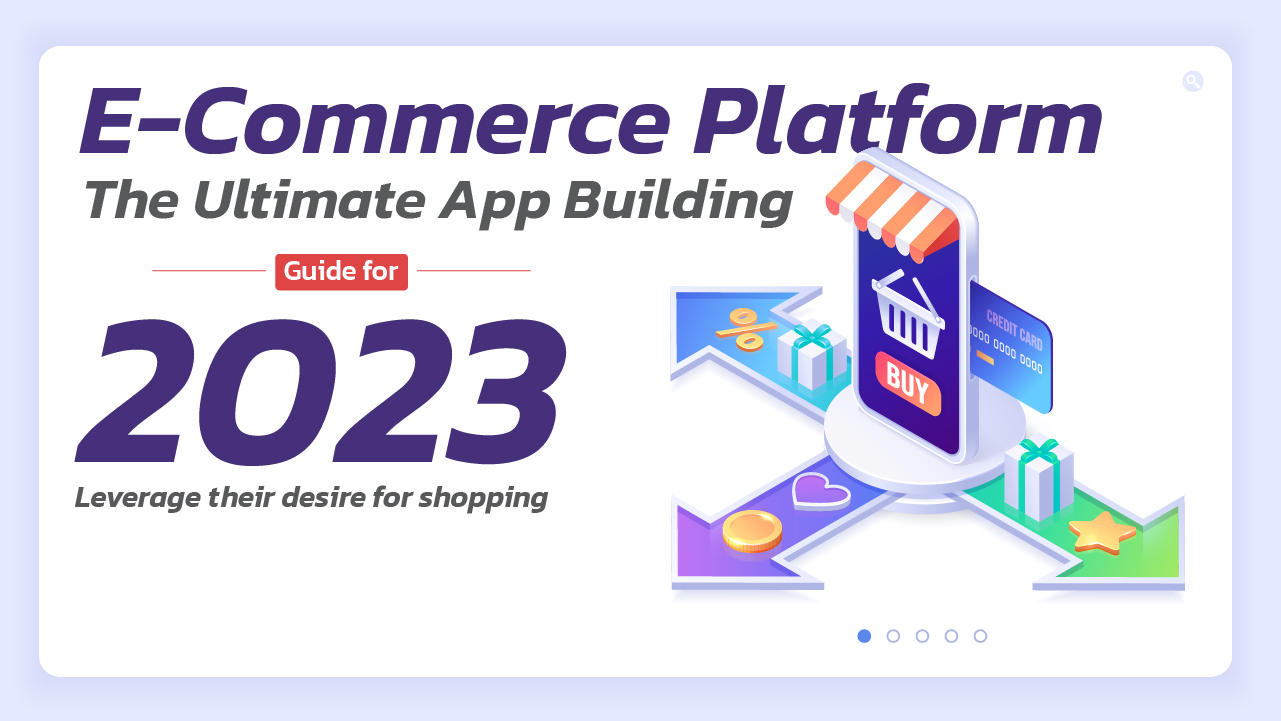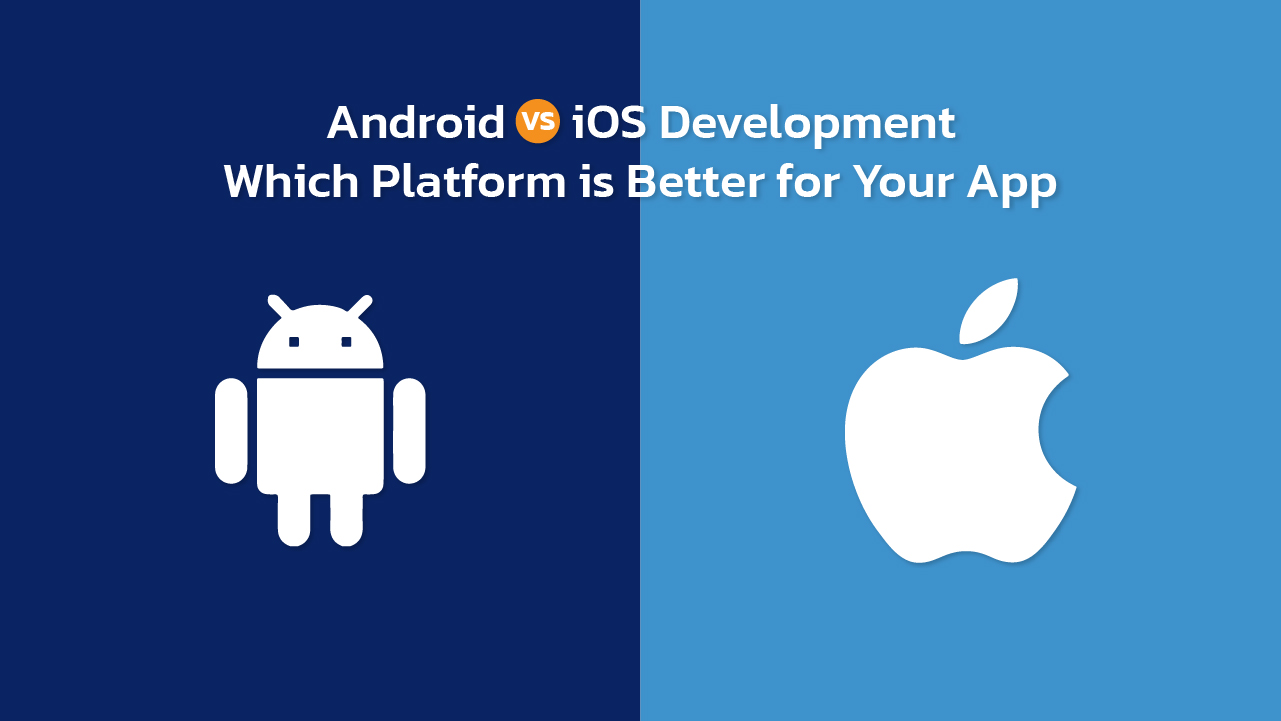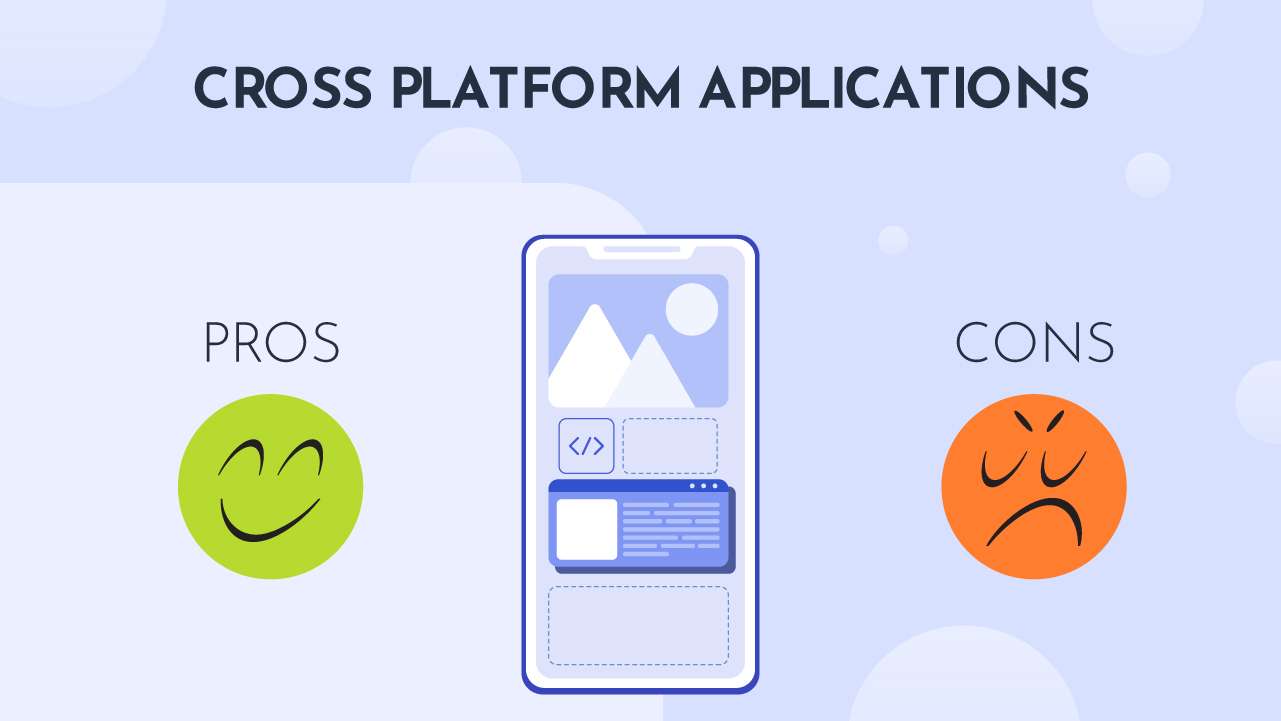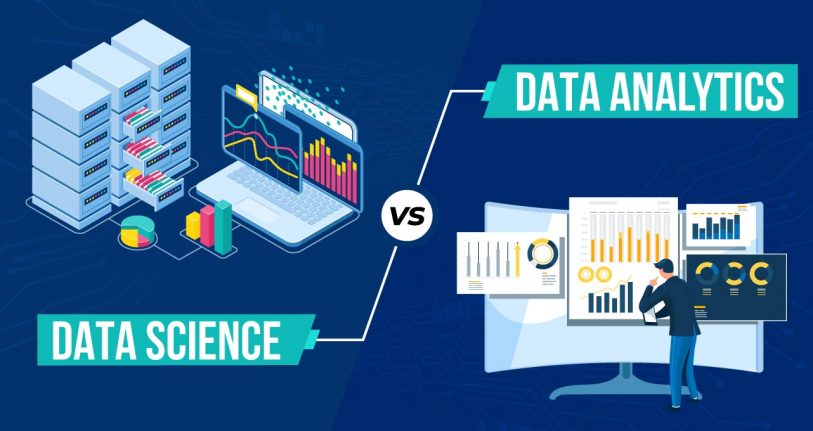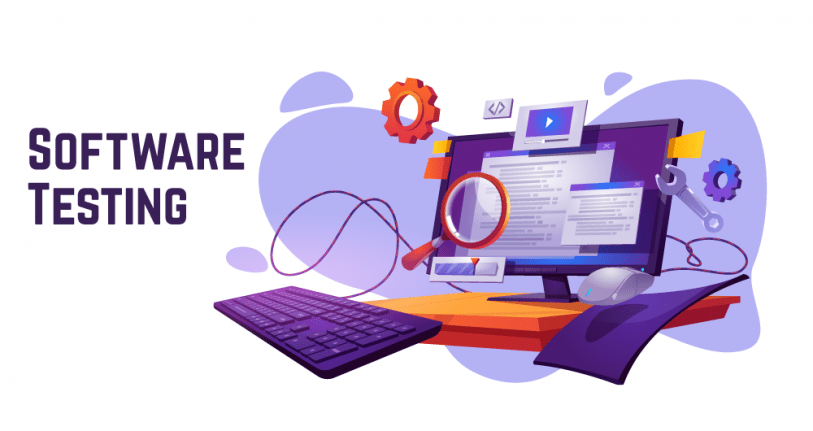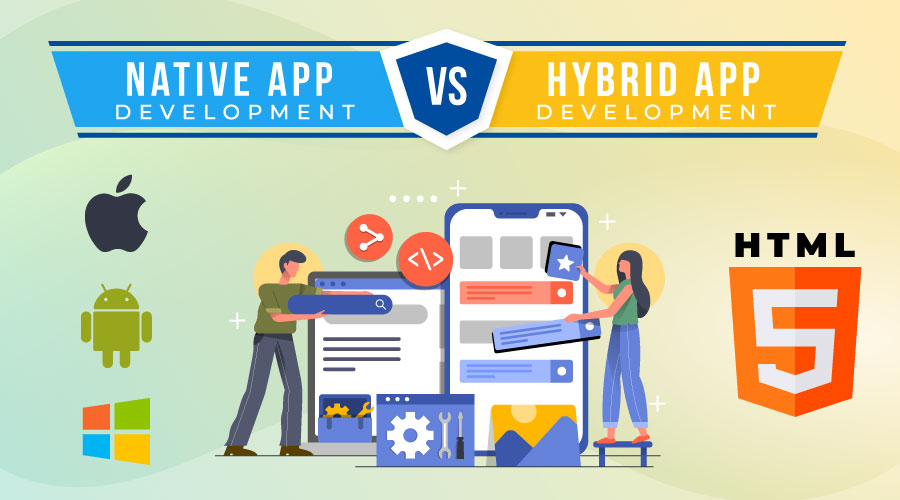In today’s fast-paced and highly competitive business landscape, effective product management has become the linchpin of success for companies of all sizes and industries. In this introductory section, we will delve into the essence of product management, exploring its definition and understanding why a well-defined product management cycle is crucial for achieving business goals and staying ahead of the curve. Definition of Product Management Product management is a multifaceted discipline that encompasses the strategic planning, development, and execution of a product or service throughout its entire lifecycle. It involves the orchestration of various activities, from ideation and market research to design, development, launch, and ongoing optimization. At its core, product management seeks to bridge the gap between customer needs, business objectives, and technological capabilities to deliver value to both customers and the organization. A product manager, the key figure in product management, serves as the visionary and advocate for the product. They are responsible for defining the product’s vision, setting its strategic direction, and ensuring that it aligns with the company’s overall mission. This role requires a unique blend of skills, including market analysis, project management, communication, and leadership. Importance of a Well-Defined Product Management Cycle The importance of a well-defined product management cycle cannot be overstated. It serves as the compass that guides a product from its conceptualization to its successful launch and beyond. Here are some compelling reasons why having a structured product management cycle is crucial: Efficient Resource Allocation: A structured cycle helps organizations allocate their resources—financial, human, and time—effectively. By prioritizing initiatives and features, it ensures that resources are invested in areas that yield the highest return on investment. Customer-Centric Approach: Through market research and customer feedback, the product management cycle places the customer at the center of decision-making. This customer-centric approach leads to products that better meet user needs and preferences. Alignment with Business Goals: Product managers play a pivotal role in ensuring that the product aligns with the broader strategic goals of the organization. This alignment is essential for achieving long-term success and growth. Risk Mitigation: A structured cycle incorporates risk assessment and mitigation strategies. By identifying potential challenges early in the process, allows for proactive problem-solving and reduces the likelihood of costly setbacks. Adaptability and Iteration: The product management cycle is not static; it’s designed for adaptability and continuous improvement. As market conditions change and new information becomes available, product managers can pivot and adjust their strategies accordingly. Cross-Functional Collaboration: Product management requires collaboration across various departments, including marketing, design, development, and sales. A well-defined cycle fosters effective communication and teamwork, ensuring that everyone is working towards a common goal. Step 1: Idea Generation It is the vital first phase in the product management cycle, serving as the inception point for innovation. Through techniques like brainstorming, mind mapping, and design thinking, it encourages diverse teams to break free from conventional thinking and explore uncharted territories. Idea generation’s significance lies in its ability to fuel innovation, foster collaboration, and unearth hidden gems among the multitude of ideas. It’s a process that is grounded in market research, competitive analysis, and customer feedback, ensuring that the generated ideas are not just creative but also aligned with real-world problems and opportunities. In essence, this step sets the stage for the entire product management journey, where promising ideas will be refined, validated, and eventually transformed into successful products. It’s where creativity and innovation merge with practicality and market insight. Effective idea generation sets the stage for the subsequent steps, allowing product managers to sift through the multitude of ideas and identify those with the potential to transform into successful products. Step 2: Market Research This is the cornerstone of informed decision-making in the product management cycle. It’s the phase where ideas generated in the previous step are rigorously examined and validated. Market research involves a multifaceted approach, beginning with the thorough examination of market trends and customer needs. This critical analysis provides invaluable insights into the evolving landscape and helps ensure that the product aligns with current demands. Furthermore, it includes conducting competitive analysis and benchmarking to understand the competitive landscape, identify gaps in the market, and refine the product’s unique value proposition. By conducting comprehensive market research, product managers can substantiate their ideas with data, minimize risks, and increase the likelihood of creating products that resonate with their target audience while staying one step ahead of the competition. Step 3: Conceptualization It is where the raw ideas and market insights take shape and substance. At its core, this step involves defining the product concept and vision and providing a clear and compelling direction for the development process. This vision serves as a guiding star throughout the product’s lifecycle. Additionally, conceptualization entails creating user personas and scenarios, which delve into the intricacies of the end-users needs, behaviors, and pain points. By doing so, product managers can empathize with their target audience and tailor the product to their specific requirements. Furthermore, mapping out the product’s high-level features is crucial in establishing the product’s foundation. It involves outlining the core functionalities and capabilities that will bring the concept to life. By the end of this step, a well-defined product concept, a deep understanding of the user base, and a blueprint of features set the stage for the subsequent stages of development, ensuring that the product remains aligned with its initial vision and user needs. Step 4: Feasibility Analysis Feasibility Analysis is a pivotal phase in the product management cycle that acts as a reality check for the envisioned product. This step encompasses three critical aspects. Firstly, it involves assessing the technical feasibility of turning the product concept into a reality. This means evaluating whether the necessary technology, infrastructure, and expertise exist or can be acquired to execute the project effectively. Secondly, feasibility analysis entails evaluating resource constraints and budget requirements. It’s imperative to determine if the organization has the financial means and human resources to carry out the project without compromising on quality or timelines. Finally, this step also involves identifying potential risks and challenges that may arise during product development and implementation. By proactively recognizing these obstacles, product managers can devise mitigation strategies and contingency plans. In essence, the feasibility analysis serves as a litmus test, ensuring that the product concept is not only desirable but also achievable within the constraints of technology, resources, and risk management. Step 5: Prioritization Prioritization is the pivotal bridge between envisioning a product and bringing it to fruition. In this crucial phase, product managers must make critical decisions to optimize resources and ensure that the product aligns seamlessly with the overarching business objectives. Firstly, techniques for prioritizing features and requirements are employed to determine which elements of the product concept will be developed first. Methods like the MoSCoW method (Must-haves, Should-haves, Could-haves, and Won’t-haves) or the Kano model help sift through the myriad possibilities, ensuring that the most valuable and essential components are addressed first. Secondly, creating a product roadmap is essential for visualizing the product’s journey over time. It outlines the timeline for development, testing, and deployment, providing a clear path for stakeholders and team members. Lastly, aligning product goals with business objectives is the lynchpin that ensures that the product’s development is not in isolation but in synergy with the overarching strategies of the organization. It establishes a direct connection between what the product aims to achieve and how it contributes to the broader success of the company. By effectively managing this step, product managers can streamline efforts, maximize efficiency, and steer the product toward meeting customer needs and business goals. Step 6: Design and Development This is the stage where the product starts to take tangible form, and careful planning and collaboration become paramount. Firstly, crafting detailed product specifications is essential to translate the product concept into a comprehensive blueprint. These specifications outline the nitty-gritty details of the product, including features, functionality, user interface, and technical requirements. Secondly, collaboration with design and development teams is critical for turning these specifications into a reality. Effective communication and cooperation between these teams are vital to ensure that the design aligns with user needs and that development proceeds smoothly and efficiently. Moreover, this step raises the important question of methodology—Agile vs. Waterfall. Agile methodologies emphasize flexibility and iterative development, allowing for ongoing adjustments based on user feedback. Waterfall, on the other hand, follows a more sequential process with distinct phases. The choice between these methodologies depends on the project’s nature, goals, and the organization’s culture. By carefully navigating the design and development phase and choosing the right methodology, product managers can ensure that the product’s execution remains on track and delivers on its promises. Step 7: Testing and Quality Assurance It is the linchpin of product development, ensuring that the product not only meets expectations but exceeds them. At its core, this step underscores the paramount importance of rigorous testing. Thorough testing is the vanguard against defects, glitches, and vulnerabilities that could mar the user experience and tarnish the product’s reputation. To achieve this, a variety of testing types come into play, including usability testing to assess user-friendliness, performance testing to evaluate speed and responsiveness, and security testing to safeguard against potential threats. Each type serves a unique purpose in assessing different facets of the product’s quality. What sets this phase apart is its iterative nature. It’s not just about identifying and fixing issues but also about refining the product based on test results. Test feedback becomes invaluable in making continuous improvements, fine-tuning features, and addressing any shortcomings. This iterative refinement not only enhances the product’s quality but also ensures that it remains aligned with user expectations and evolving market conditions. Ultimately, robust testing and quality assurance are the guardians of a product’s reliability and success, making this step indispensable in the product management cycle. Step 8: Launch and Go-to-Market This step represents the culmination of meticulous planning and preparation. At this juncture, product managers shift their focus from development to the strategic execution of the product’s introduction to the market. Firstly, planning the product launch strategy is crucial. This involves setting a clear roadmap for the launch, including timelines, target markets, and distribution channels. An effective launch strategy is the bedrock upon which successful product releases are built. Secondly, marketing and promotion efforts take center stage. Crafting compelling marketing materials, defining messaging, and reaching out to the intended audience through various channels are all part of this phase. Effective marketing campaigns generate buzz and anticipation, setting the stage for a successful launch. Simultaneously, monitoring user feedback and initial performance is essential. This real-time feedback loop allows for quick responses to any unforeseen issues, ensuring a smooth user experience and preventing potential crises. Step 9: Post-launch Evaluation This marks the beginning of the product’s ongoing journey. It involves gathering user feedback and leveraging data analytics to gain insights into user behavior, satisfaction, and areas for improvement. Listening to user input is vital, as it can unearth valuable insights for enhancing the product’s features and functionality. Moreover, assessing the product’s success against key performance indicators (KPIs) is crucial in determining whether it’s meeting its intended objectives. Are sales and adoption rates meeting expectations? Is user engagement on par with projections? These questions guide product managers in evaluating the product’s overall performance. Lastly, the post-launch phase is about continuous improvement. Identifying areas for enhancement based on feedback and performance metrics ensures that the product remains relevant and competitive in a dynamic market landscape. Step 10: Iteration and Roadmap Adjustments This step marks the beginning of a new cycle in the ever-evolving process of product management. This phase is all about learning, adapting, and continuously improving the product. Firstly, product managers use post-launch insights and feedback to drive product enhancements. By carefully analyzing user data, feedback, and performance metrics, they identify areas where the product can be refined, optimized, or expanded upon. This process ensures that the product remains aligned with evolving customer needs and market trends. Secondly, refining the product roadmap is a critical task during this step. It involves revisiting the initial product roadmap created in earlier stages and making adjustments based on the insights gained from the product’s performance in the market. Some features or initiatives may need to be reprioritized or deprioritized to align with changing business goals and user expectations. Lastly, preparing for the next cycle is a forward-looking activity that sets the stage for future iterations of the product. Product managers take the lessons learned from the current cycle and incorporate them into strategic planning. This may involve revising the product vision, exploring new market opportunities, or adjusting resource allocations. In the grand symphony of product management, where ideas morph into innovation, concepts become reality, and user feedback guides evolution, the 10-step product management cycle is the conductor’s baton. It orchestrates creativity, strategy, and execution into a harmonious melody of success. Much like a composer crafting a timeless masterpiece, product managers navigate the delicate interplay of market insights, customer needs, and technological possibilities. With each step, from the inception of ideas to their transformation into tangible products, the cycle thrives on the rhythm of adaptability, ensuring products remain agile and responsive in a dynamic world. It’s a journey that dances between the known and the unknown, embracing both the rigor of analysis and the freedom of imagination. As we bid adieu to this symphonic journey through the 10-step product management cycle, let us remember that innovation is a perpetual overture, with no final crescendo. It’s a journey that transcends cycles, as every end becomes a new beginning. So, whether you’re conducting a world-changing product launch or tuning the notes of an iterative refinement, embrace the rhythm, and let the melody of innovation guide your path. With each cycle, we advance closer to the symphony of perfection, a harmony where products thrive, businesses flourish, and the audience—the users—revel in the sweet music of satisfaction.




